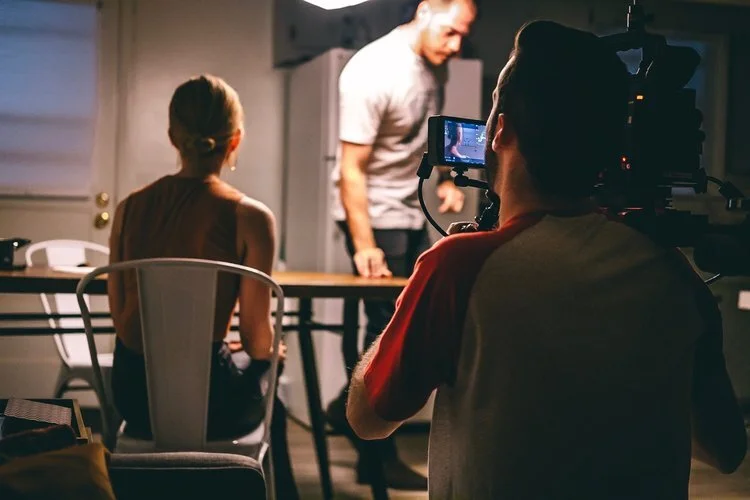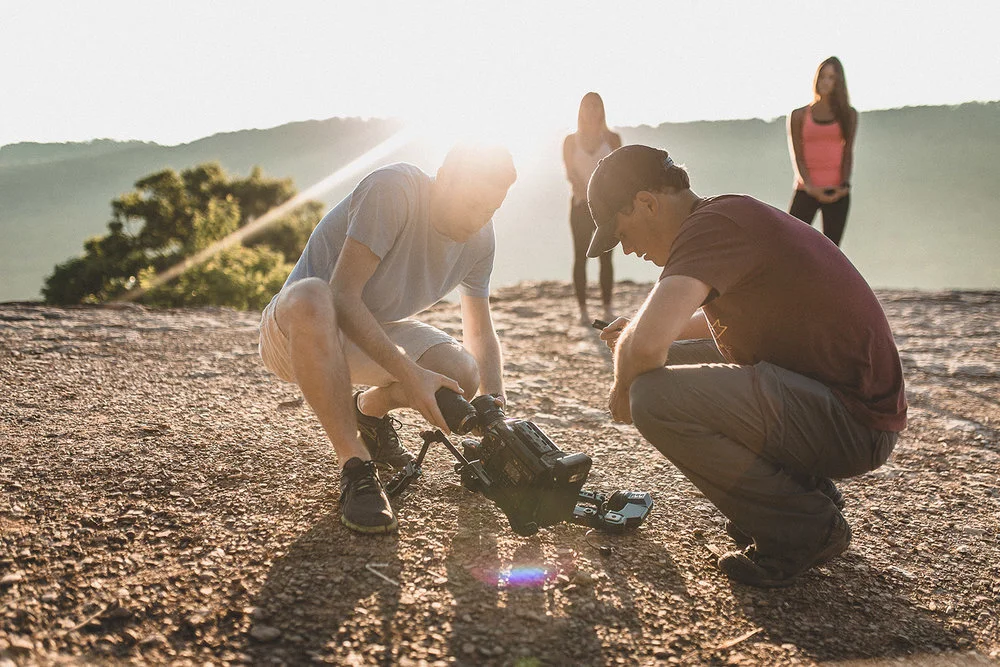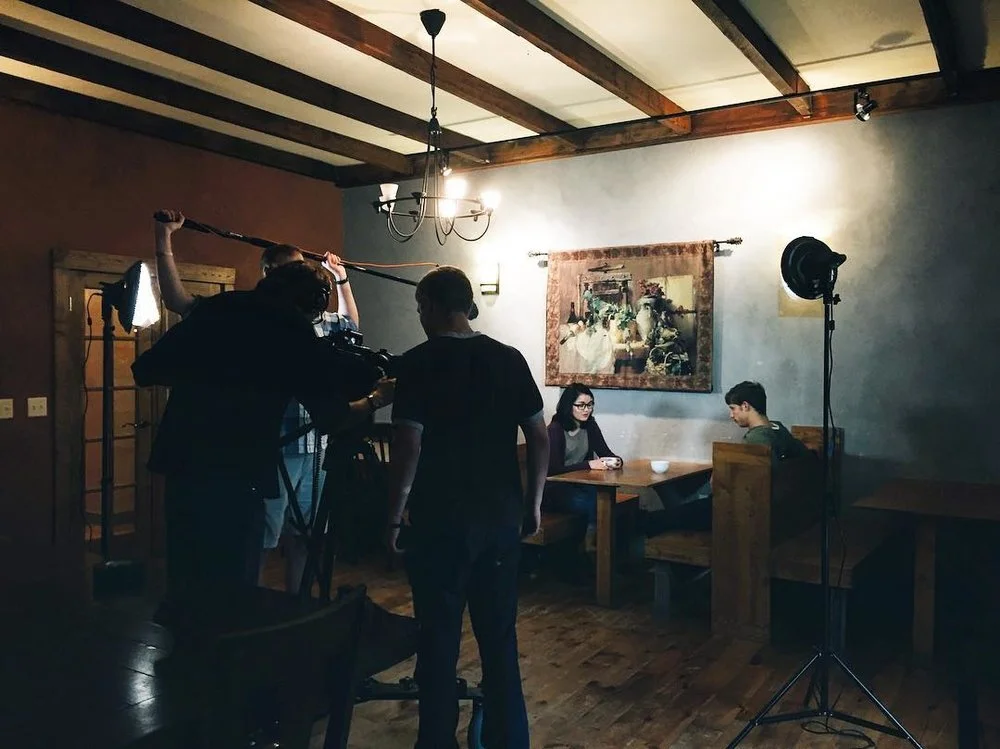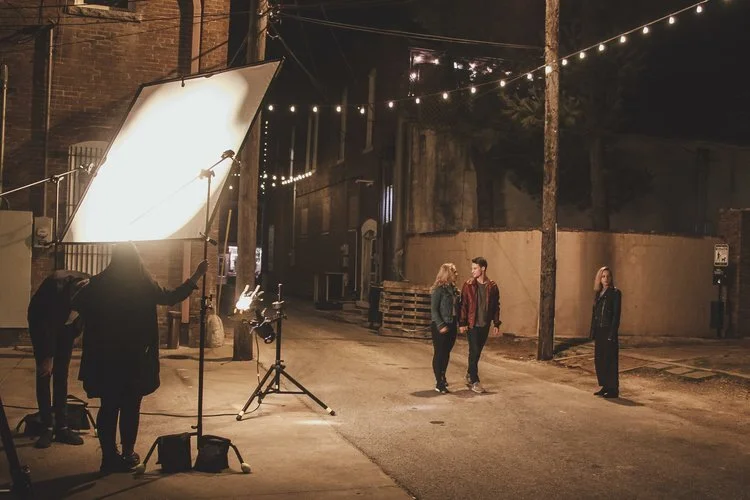Filmmaking is for Children
Do you remember holding a camera for the first time in your life? Maybe you remember looking through the viewfinder and, with what you assumed was pristine timing, pressing the record button to immortalize a moment in time; maybe you recall stitching together two unrelated shots in Windows Movie Maker or iMovie, and watching in wonder as they formed something entirely new.
Sometimes, I let filmmaking and videography become too clinical. It’s all about getting the right depth of field for the scene, not breaking the 180 degree rule, cutting on the action, making sure the actors say the right things and look in the right directions. Obviously, there’s nothing wrong with any of these, and over the years, the process of learning techniques has absolutely elevated the quality of content that I create.
But my older work is still charming, personable – humorous in how bad it is, yes, but nonetheless, it’s me. I remember making music videos and short films with my friends about everything and nothing, or making stop-start special effects on my old Nokia phone – they didn’t have to look realistic or make sense. It was all about the process of creating something and having fun.
Now, I get paid to work in video production. It’s a dream come true. I’m trying my best to keep it that way in my mind: I earn money so that I can work, not the other way around. That’s not just for me, either. Anytime I’ve prioritized fulfilling objectives over being fulfilled, I’ve turned out sub-par work. I try to always remember that I do this work because it’s something that resonated with me when I was young, and something that continues to give me a sense of fulfillment in my life.
So maybe pick up a camera. Shoot something silly. Do something weird. Let yourself have fun once in a while, and let that joy carry through to the work that you do professionally.
“When I grow up, I still want to be a director.”











Kyle discusses three ways that different cameras have their own personalities, and how they can inform your decisions about what to film on.